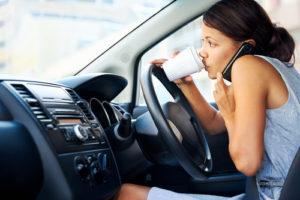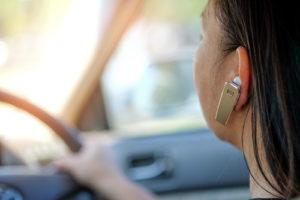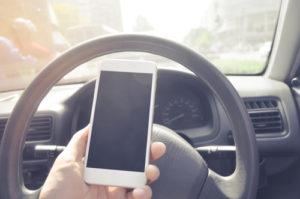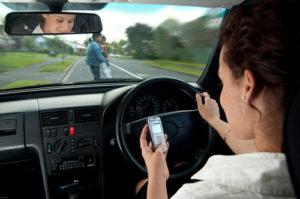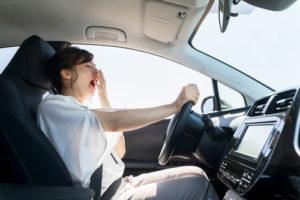

According to the National Highway Traffic Safety Administration (NHTSA), attributes approximately 100,000 traffic accidents per year to fatigued drivers. To help raise awareness of this nationwide problem, the National Sleep Foundation (NSF) has declared November 6-13, 2016 to be Drowsy Driving Prevention Week.
What is drowsy driving?
Drowsy driving occurs when any of the following behaviors keep motorists from safely operating a vehicle:
- Difficulty paying attention to driving
- Eyes constantly trying to close or excessive blinking
- Yawning or jerking back to attention after drifting off
- Blurry vision or difficulty focusing
- Forgetting the last few miles driven
- Missing stops or turns, especially in familiar areas
For a free legal consultation, call (614) 538-1116
How dangerous is driving while fatigued?
Most people do not consider the risk they are taking when they get behind the wheel after getting too little sleep. However, it is extremely dangerous.
According to a study by the Adelaide Centre for Sleep Research, a person who has been awake for 18 consecutive hours exhibits driving impairment equal to a person who has a 0.05 blood alcohol concentration (BAC). A driver who has been awake for 24 consecutive hours becomes impaired to a level similar to a drunk driver with a 0.10 BAC — legally drunk in all states.
Who is at risk of drowsy driving and how can I prevent it?
According to the University of California, Lost Angeles Sleep Disorders Center, young men are most likely to drive drowsy. This could be due to the fact that men are more likely to stay up later, drink alcohol, and work longer hours.
Shift workers, frequent travelers, drivers who get less than the recommended hours of sleep, and drivers who have been awake for too long are also at risk for drowsy driving.
The first step to reducing your risk of driving drowsy is to get plenty of sleep. The NSF suggests a minimum of seven hours of sleep every night. Teen drivers should get at least 8.5 hours of sleep. For long trips, drivers should schedule regular stops every 100 miles or two hours of driving time. Long distance drivers should drive with a partner to allow swapping of drivers and resting.
As a last resort, pulling over in a safe area and taking a quick 15-20 minute nap helps you recharge without making you groggy when you resume driving.
Caffeine is also a viable way to stay awake, but drivers should only use it occasionally. It is also important to note that is not a replacement for a good night’s sleep. Remember caffeine wears off after a few hours, and the effects can dull over long periods of use.
Click to contact our personal injury lawyers today
Who is liable if I am in an accident with a drowsy driver?
As with all car accidents, insurance companies determine liability by identifying which driver was acting negligently at the time of the accident.
If you were obeying all traffic laws when the drowsy driver hit you, the other driver would be liable for the damages.
However, if you were doing something negligent or illegal during the accident such as running a red light, the other driver’s drowsy state might not impact liability, and you will ultimately be at fault.
In some cases, you both might split the liability for the accident.
If you have questions about your liability in an accident or how to prove a drowsy driver caused your injuries, contact Bressman Law at (614) 538-1116 to set up a free consultation with a Columbus car accident attorney.
Call or text (614) 538-1116 or complete a Free Case Evaluation form

